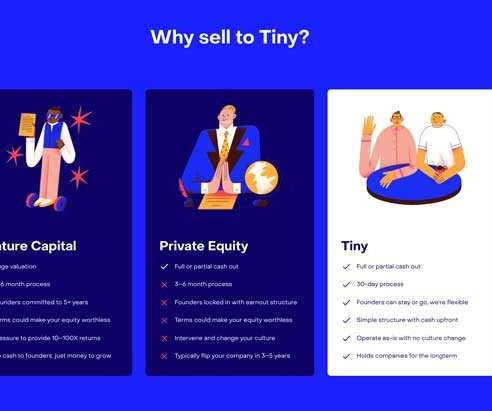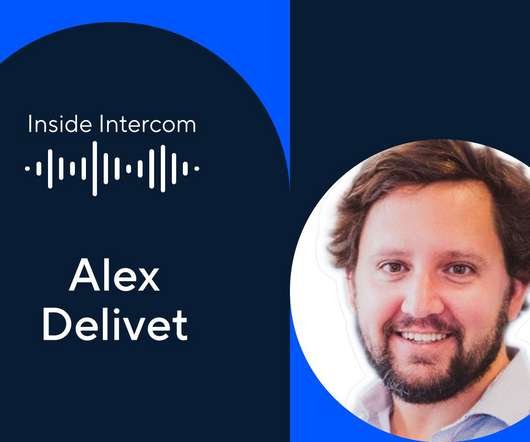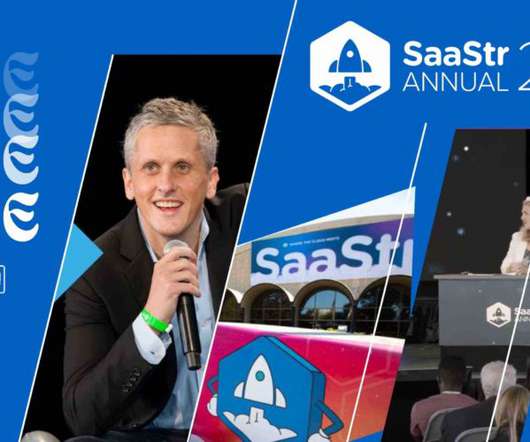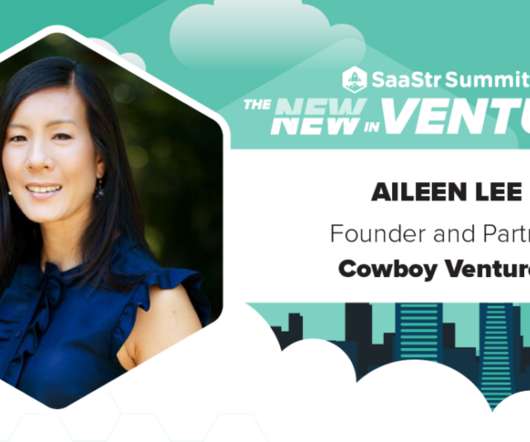Micro Startup Acquisition: The Definitive Guide to Buying and Selling Small Startups
Neil Patel
NOVEMBER 9, 2020
The solution? From Facebook to Microsoft, there is a massive trend to seek out tiny teams of five or less, buy them, and use the technology and talent to gain a competitive edge. While it’s a trend across sectors, it’s picking up steam in tech where companies are looking to deliver more complete solutions to consumers.














Let's personalize your content